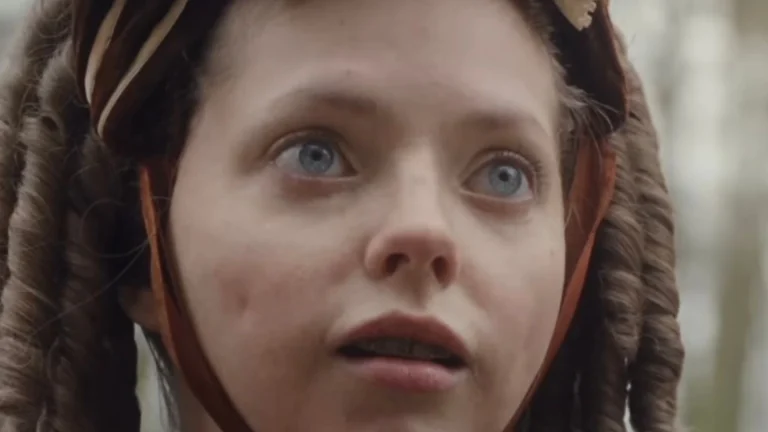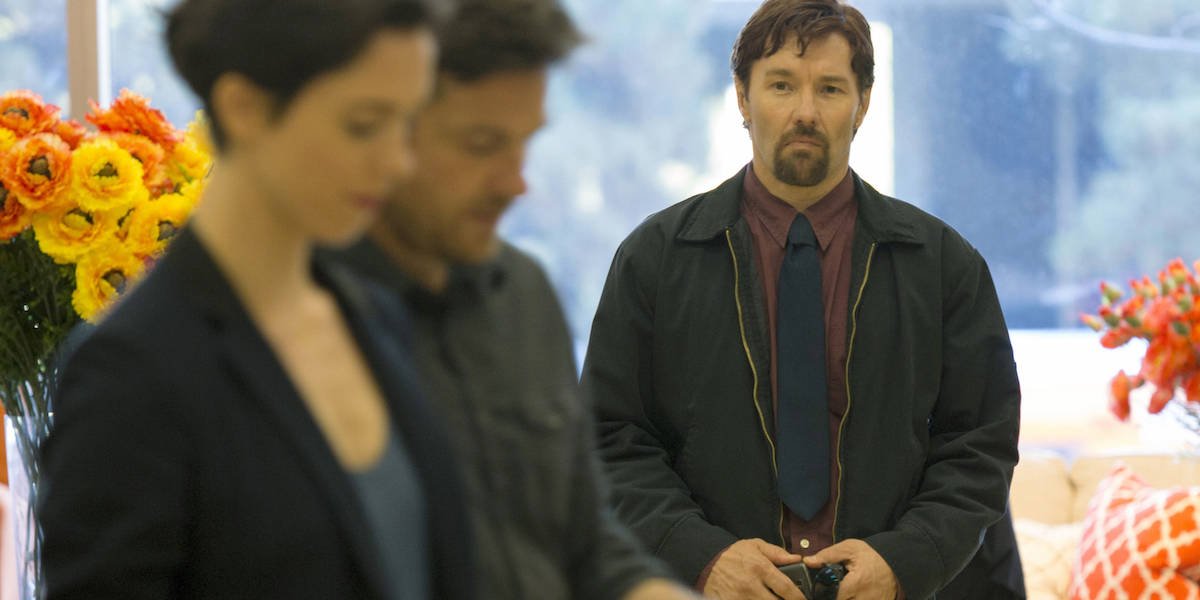In 2019, the release of Sam Mendes’ 1917 made everyone instantly believe that this urgent war drama is the first single-take film ever made, barring films that were made to look like a single take. This, however, was wrong, because Tristan Barr and Michael Gosden’s low-profile DIY film Watch The Sunset is actually shot in one pure unadulterated move of the camera. Sadly, its undervalued aesthetics and nominal budget resulted in it doing the rounds of festivals for years since. Finally, it gets a streaming release. Strangely, this Australian indie finds itself locked in a singular chain of events as well.
Before the title cards, the film begins with some handicam news footage with inexplicable dialogue, but with visuals suggesting a scene from murderous underbellies. The rest of the film follows a man who comes out somewhat clean of his crimes in order to get his estranged wife and little girl. However, as with most criminal dramas, a familial blast from the past harks back. And so, he must commit one last act of violent negotiation to continue.
Everything in the film takes place in a single hour. But it takes us not too much convincing to believe that it does because the film is fast-paced. Much of it takes place inside a moving car, with a documentarian perspective to the events. As we follow Danny through whatever he does, his reasons and his helplessness gets all the more clear. The film even allows for some strange black humour, an action sequence meant to grip you and a few warmly intimate family moments. Yes, all in the course of an hour.
Related to Watch the Sunset – 1917 (2019) Review: A Devastatingly Beautiful Representation Of War
And that’s what is one of the major issues with Watch The Sunset. For a microcosmic indie film with a mid-length structure and an experimental format of one-shot filming, it takes a genre and narrative too heavy.
So dense are the film’s stakes that at a point it seems like the actors and directors aren’t able to take them all themselves. The tracking and revolving shots are repeatedly used but they appear just for the sake of it. Usually, in such tight scenarios, moments of secluded quietness are desirable and quite fitting. But silence in this case feels odd, off-putting and rather lethargic. The biggest mistake of this film is the fact that it focuses too much on the deliberations of its plot. While it might feel like a silly thing to say, it must be said because the plot is just overtly familiar from start to finish and I highly doubt if someone who has seen enough movies, will not be able to make out everything that happens after a point.
The acting performances become very important in such a case because that’s where the whole thing might round up as elevating. Sadly, that doesn’t happen here either. There’s a very significant set of characters at the centre of the film, especially with its gun-and-gore story. But the performances are largely very ordinary or awkward. Tristan Barr, who plays the protagonist himself, gives a really unpolished performance that needed much more restraint. The only impressive performance of the film, in fact, is delivered by Michael Gosden. He packs a solid punch as the darkly hilarious but equally tragic Russell. All the other performances are too insignificantly fleshed to be talked of. However, one must mention Annabelle Williamson’s performance as the wife. She does well in her brief presence and might just get a bright future in a leading role.
Technically, ‘Watch the Sunset’ is impressive as well. There is little technique, of course, with acute attention towards that one undeviating shot. However, the commitment to the bit of filmmaking is appreciable. In fact, the cinematography is the only disappointing thing here, but I managed to divert my attention from that due to its unwavering edit. There are some seamless movements through which Danny’s pain and the unfortunate coming-of-age of her little daughter is captured. The grit and promise of the film’s departments are commendable, and this certainly is not lazy work.
However, the activity both in and out of frames is filled with discrepancies. Watch The Sunset is certainly a well-intended effort with a solid experimental mechanism. It has taken too long for the makers to reach there and we must appreciate that. However, it’s internally flawed. The two directors must try harder for making a more crisp and engaging film with the DIY approach. Shithouse (2020) might just work as a solid example for that. But I’m sure their original voice will find their own niche.

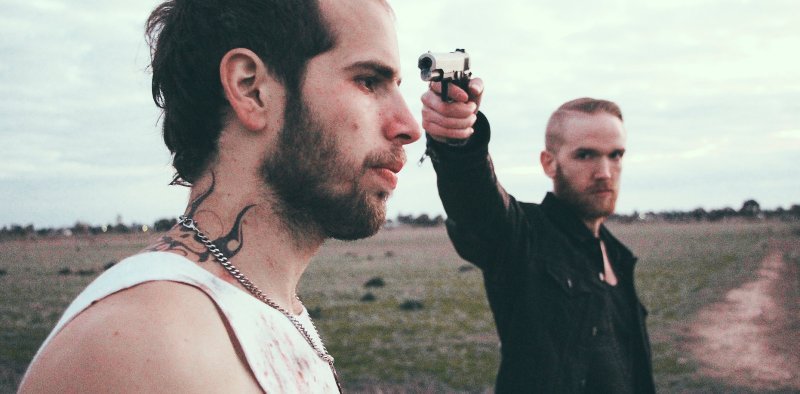


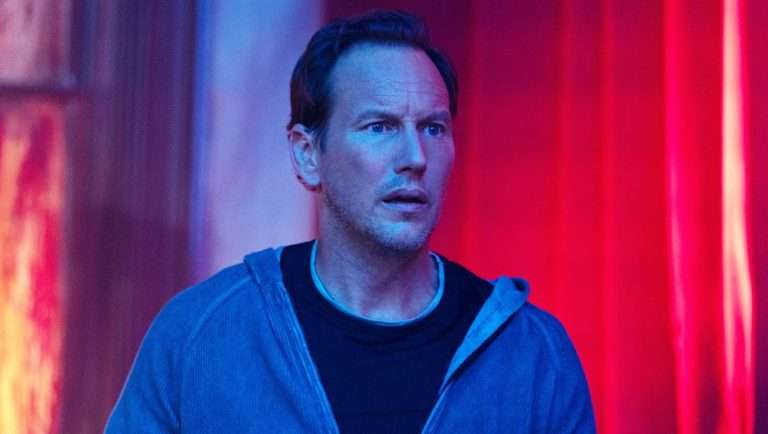
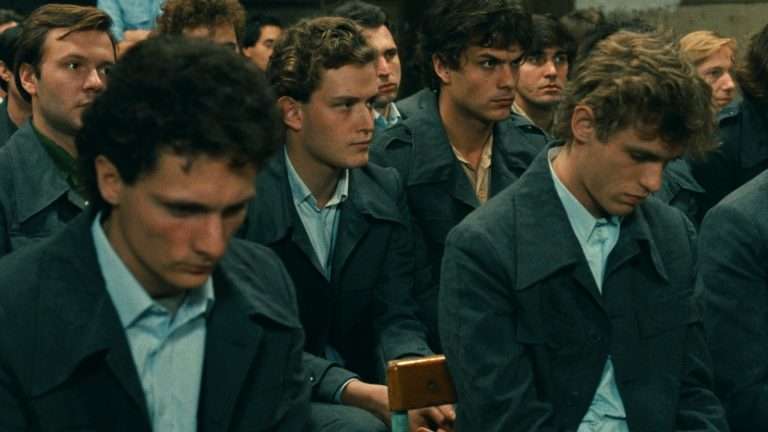
![Mahishasur Marddini [2022]: Mirroring Society’s ‘Male’ficent Mindset](https://79468c92.delivery.rocketcdn.me/wp-content/uploads/2022/03/8-768x512.jpeg)
